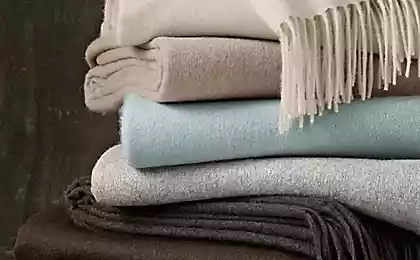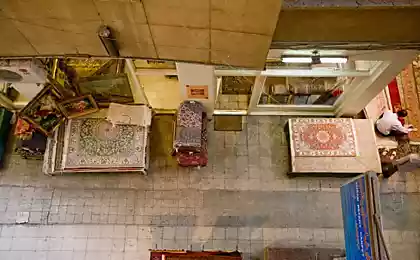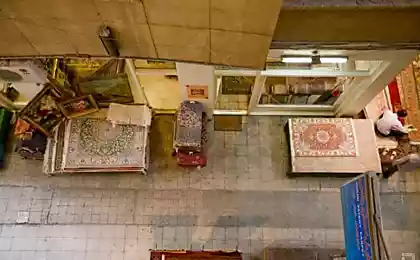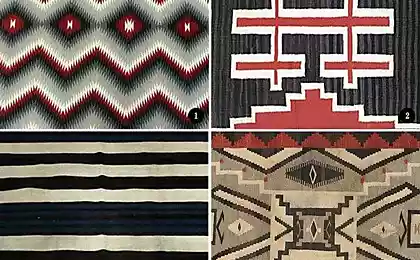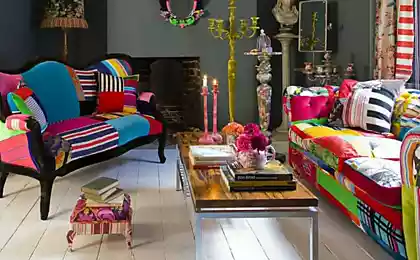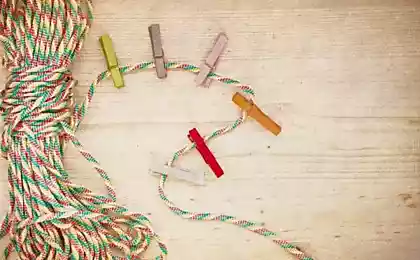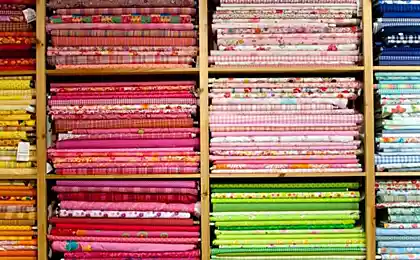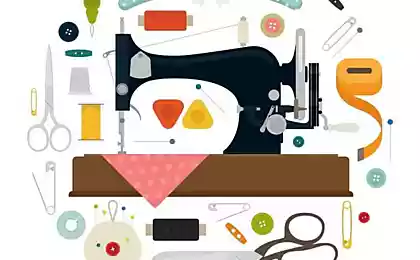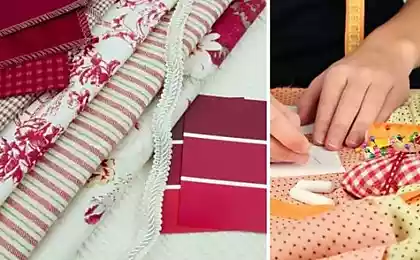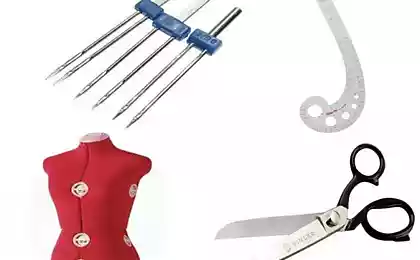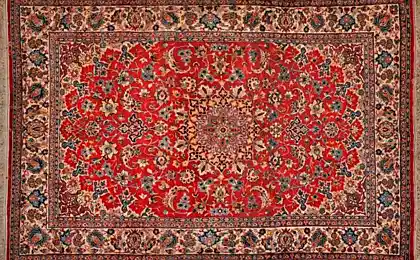249
The lesson of a cunning seamstress who will teach you how to make a rope from the remnants of fabric, useful in the household
Handicraft from the remains of fabric is an interesting and noble occupation. In addition to the fact that this gives a second life to old things and remnants of fabric, you can get a useful thing in everyday life for free. To be honest, I am very pleased with people who use resources wisely and care about the environment. Today I want to talk about how to make a rope from the remnants of fabric and what can be created from it.
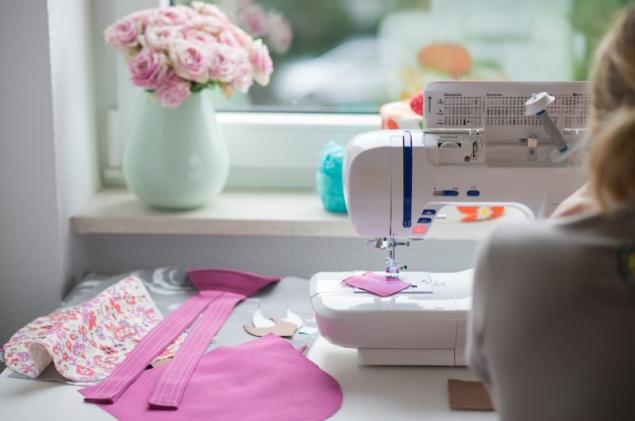
All kinds of flaps can be turned into a bunch of different things. The patchwork style sewing technique has long been popular. Handwomen create bright blankets, blankets, sometimes bags and wardrobe items in this way. Deliberate carelessness in the choice of colors and fabric fragments gives a special charm to the product.

A very useful thing in terms of resycling can be a rope made of remnants of fabric or unnecessary things. Just imagine how much you can make of it: tie, sew, weave what the soul wants. For example, I really like laundry baskets. They are usually made of strong string or thick rope. To be honest, the rope from the remnants of textiles is no less strong. And a basket of such rope will be the only copy.
Mar 28 2014 at 12:21 PDT
How do you make a rope like that? Some simply cut cloth or old clothes into strips and tie them together. Often from such yarn knit a thick hook of mats. They turn out quite unusual, but very bright and cozy. Such rugs can be laid in the bathroom or in the hallway, on the balcony or in the kitchen. By the way, I would also make such bedding on hard wooden chairs or stools.
Mar 28 2014 at 12:21 PDT
There is another option to make the rope of fabric more durable. I highly recommend making a bathroom mat from just such a rope. I'm going to quickly tell you how it's done. And at the bottom, I'll put a video on how to make a mat out of a homemade rope.
Mar 28 2014 at 12:21 PDT
How to make a bathroom mat You will need
I really like this work, and I enjoyed watching the training video of the needlewoman. You should too. The author of the channel “Shili were” accessible and quickly talks about all the nuances of needlework.
https://www.youtube.com/watch?v=bNHqRaxpFI
The idea of turning old things into something completely new excites the imagination of creative people. Thanks to them, we learn a lot of new and interesting things, and as a result, it has a beneficial effect on the environment. Did you like the idea?

All kinds of flaps can be turned into a bunch of different things. The patchwork style sewing technique has long been popular. Handwomen create bright blankets, blankets, sometimes bags and wardrobe items in this way. Deliberate carelessness in the choice of colors and fabric fragments gives a special charm to the product.

A very useful thing in terms of resycling can be a rope made of remnants of fabric or unnecessary things. Just imagine how much you can make of it: tie, sew, weave what the soul wants. For example, I really like laundry baskets. They are usually made of strong string or thick rope. To be honest, the rope from the remnants of textiles is no less strong. And a basket of such rope will be the only copy.
Mar 28 2014 at 12:21 PDT
How do you make a rope like that? Some simply cut cloth or old clothes into strips and tie them together. Often from such yarn knit a thick hook of mats. They turn out quite unusual, but very bright and cozy. Such rugs can be laid in the bathroom or in the hallway, on the balcony or in the kitchen. By the way, I would also make such bedding on hard wooden chairs or stools.
Mar 28 2014 at 12:21 PDT
There is another option to make the rope of fabric more durable. I highly recommend making a bathroom mat from just such a rope. I'm going to quickly tell you how it's done. And at the bottom, I'll put a video on how to make a mat out of a homemade rope.
Mar 28 2014 at 12:21 PDT
How to make a bathroom mat You will need
- tissue
- capron
- sewer
- pin
- shears
- First, prepare the fabric. Cut the pieces of fabric into strips 2-3 cm wide. If it is old clothes, first cut the inflections, openings, neck, seams.
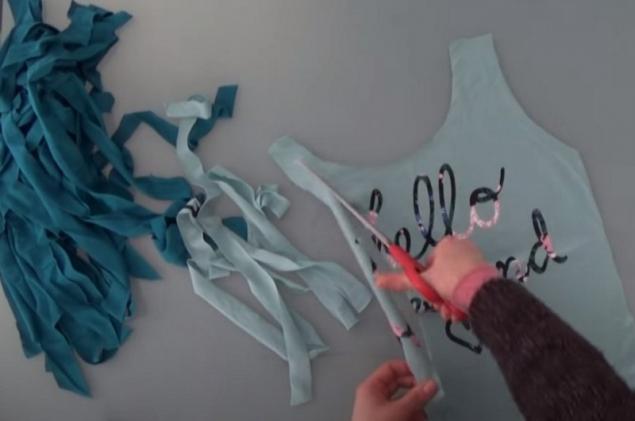
- Wrap the end of the capron rope in one ribbon. Form the middle of the carpet. In this case, a square-shaped mat. Put pins on the middle.
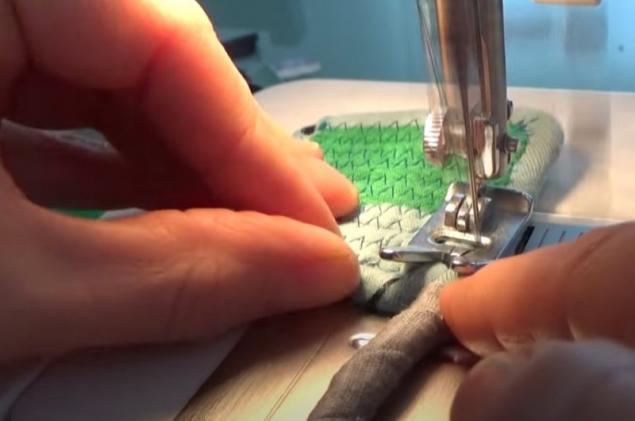
- In order to sew the carpet on the typewriter, you need to configure it. Use a thick needle and wide paw, choose a zigzag mode. The zigzag should be maximum to capture the edges of the rope. Now straighten the middle of the mat.
- Gradually wind the cut ribbons on the capron rope and sprawl each side of the square.
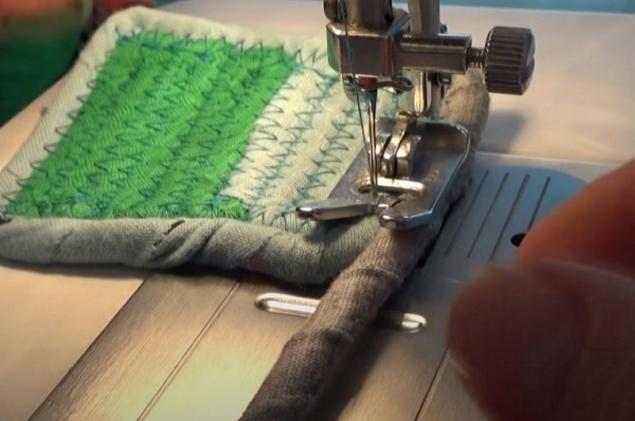
- In order for the carpet to turn out to be square, you need to pull each corner upwards, otherwise, when you finish sewing, the mat will turn out round. Of course, you can sew the mat and round, and rectangular, and oval, even with an asterisk. But in this case, when the line reaches the corner, it needs to be pulled back and stretched. That's how you make beautiful sharp corners.

- You can wind the fabric on the cord immediately or in the process of sewing. To get a 70 by 70 cm mat, you will need 90 m of capron rope. It is important to choose a rope that your sewing machine can straighten. But, of course, you can do it manually, however, it will take more time.
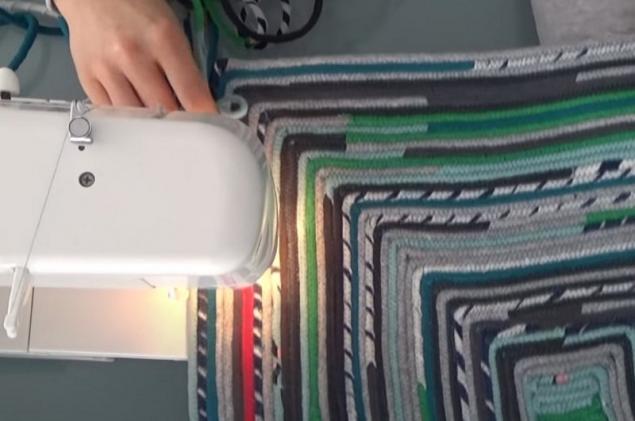
- You can hide the edge of the rope with a homemade loop or patch. That's how handsome he is.
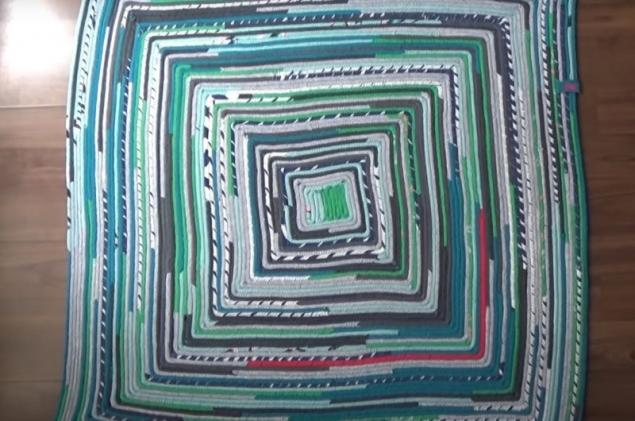
I really like this work, and I enjoyed watching the training video of the needlewoman. You should too. The author of the channel “Shili were” accessible and quickly talks about all the nuances of needlework.
https://www.youtube.com/watch?v=bNHqRaxpFI
The idea of turning old things into something completely new excites the imagination of creative people. Thanks to them, we learn a lot of new and interesting things, and as a result, it has a beneficial effect on the environment. Did you like the idea?
Why 5G is needed and how it will affect us
How to choose the right bathroom lighting: the main criteria








